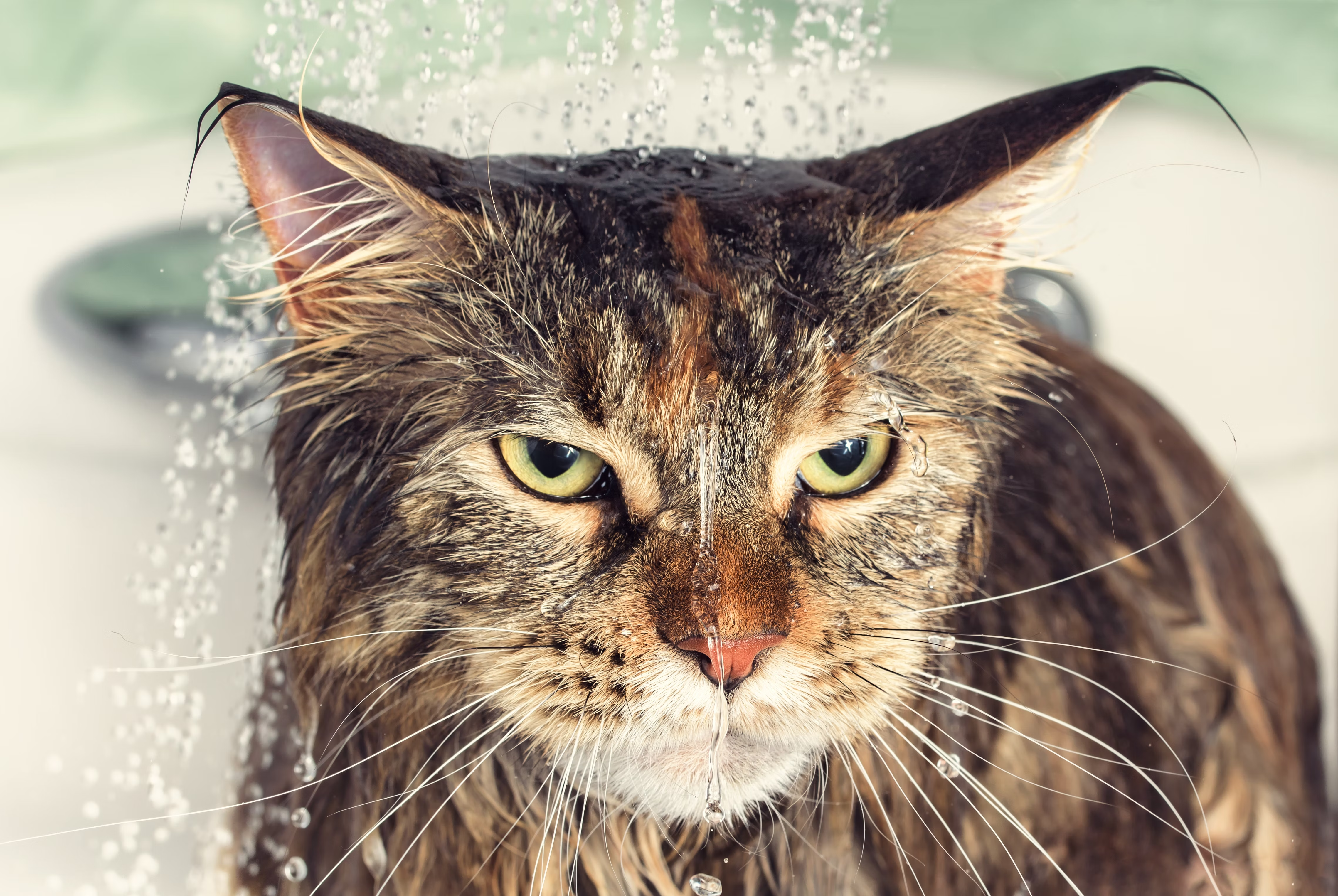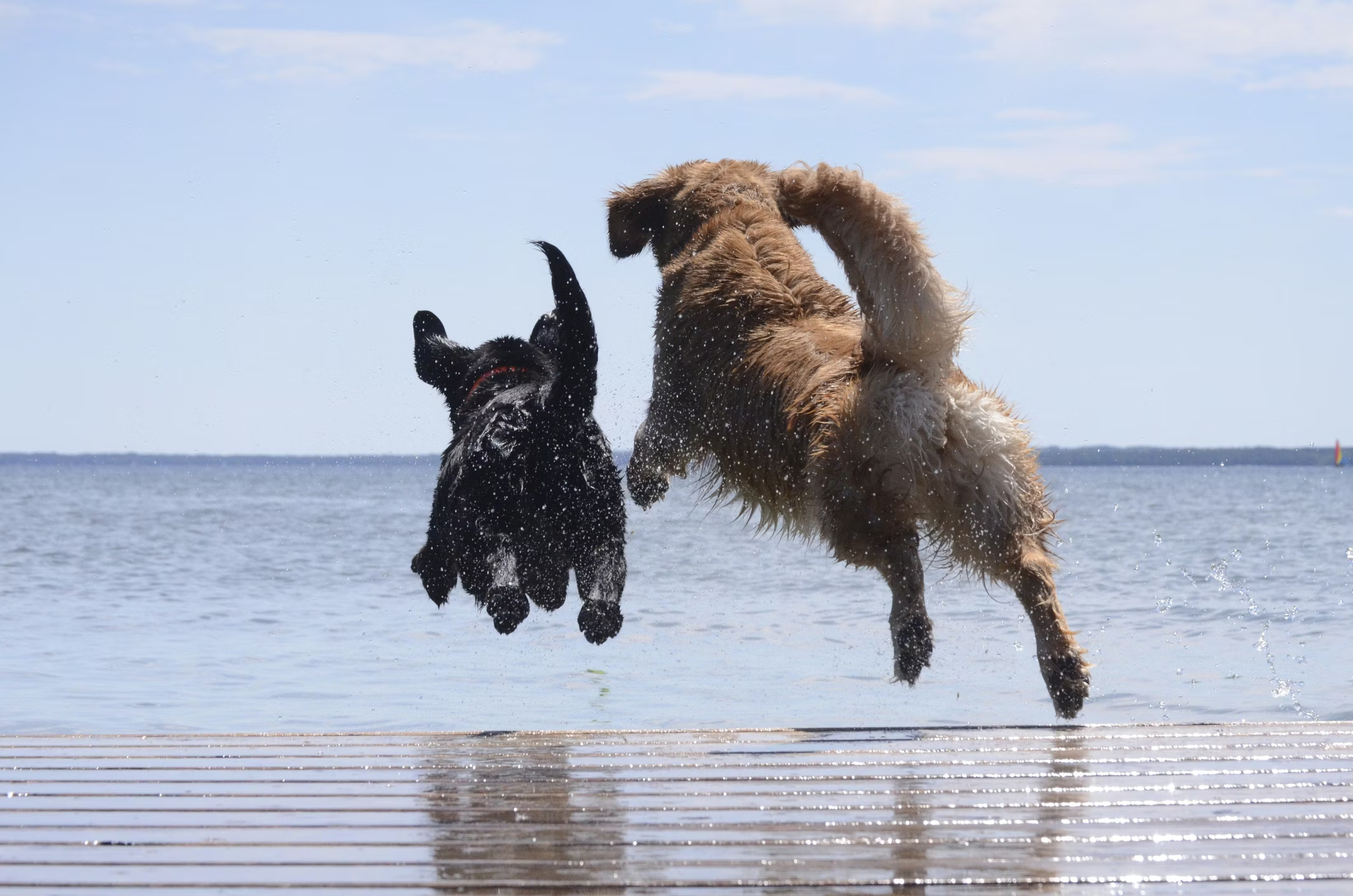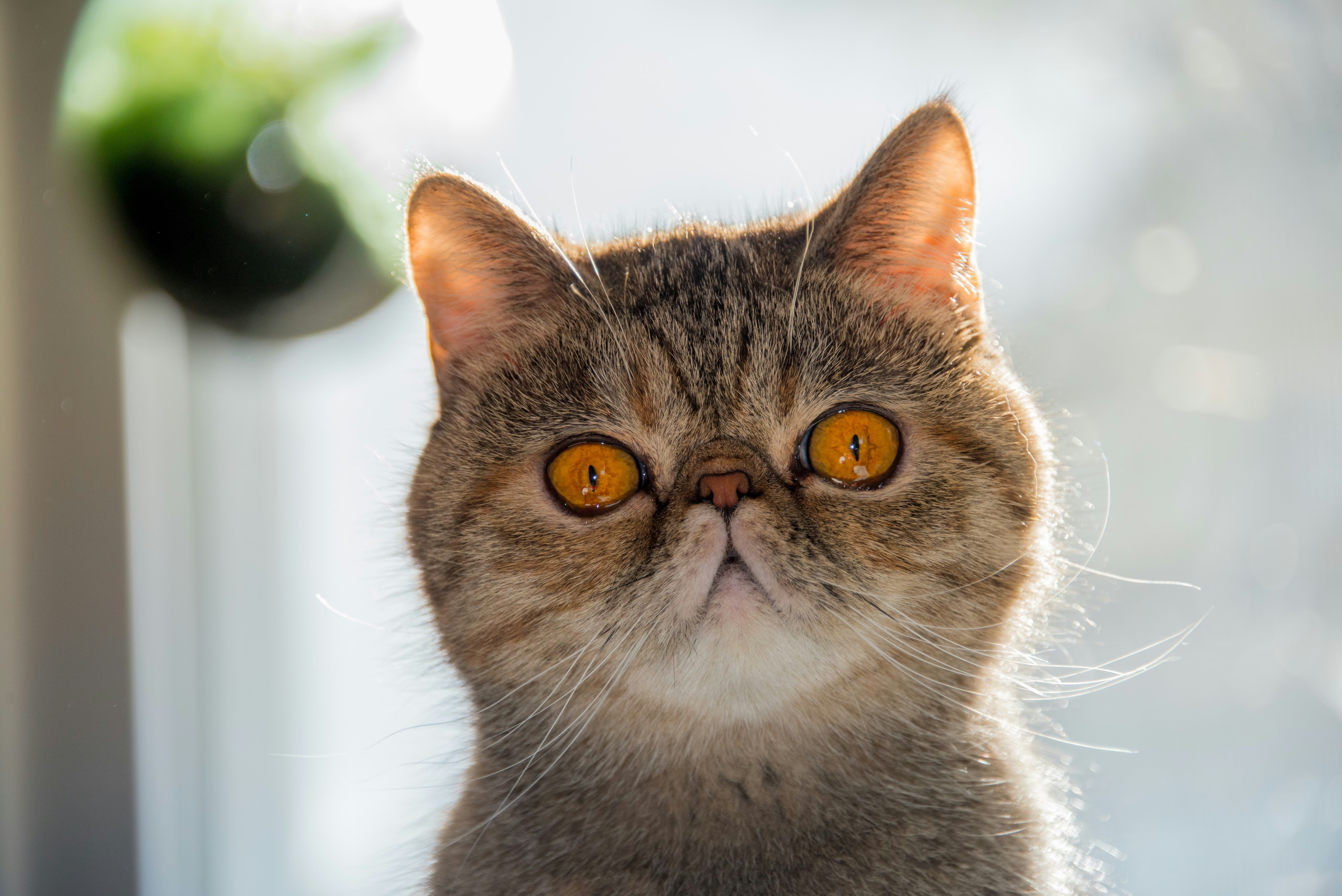A casual scroll through social media often reveals video clips of cats falling into water and reacting dramatically as they try to get to dry land. For some cats, water seems like the enemy. But others seem to enjoy pawing at running water or even swimming. While every cat is different, evolution, traits, and breed play a role in forming their preferences. So let’s take a look at possible reasons why some cats hate water, and why some are water-loving cats.
Why don’t cats like water?
Ancestry plays a role
To understand why some cats don’t like water, it’s helpful to consider their roots. The domestic cats we know and love descend from the African wildcat Felis lybica, which lives primarily in dry regions like the Middle East, Central Asia and North Africa. Without frequent access to large bodies of water, swimming isn’t a regular activity for these wild felines. As domestic cats evolved, their instincts weren’t wired to interact with water so they often have less comfort around it.
Water impacts a cat’s coat
A cat’s coat doesn’t dry as quickly or repel water as well as some of our well-known water dog friends. A wet cat coat is often heavy and can make a cat feel cold. Plus, a water-logged coat can impact a cat’s ability to quickly get away from predators larger than themselves. After all, it’s not easy to climb a tree or jump on a high perch when you’re weighed down with water.
Another factor in why cats hate water is its impact on their ability to sense the world around them. Like the whiskers on their face, cats use the hairs on their body to understand their environment. A soggy coat could lessen this ability.
A bad experience can taint their feelings about water
In an ideal world, a cat’s introduction to water would be slow and intentional, allowing them to build up comfort around water before being submerged for something like a bath. But life doesn’t always work out that way. If a cat has a negative experience with water early on, it may make them avoid water in the future.
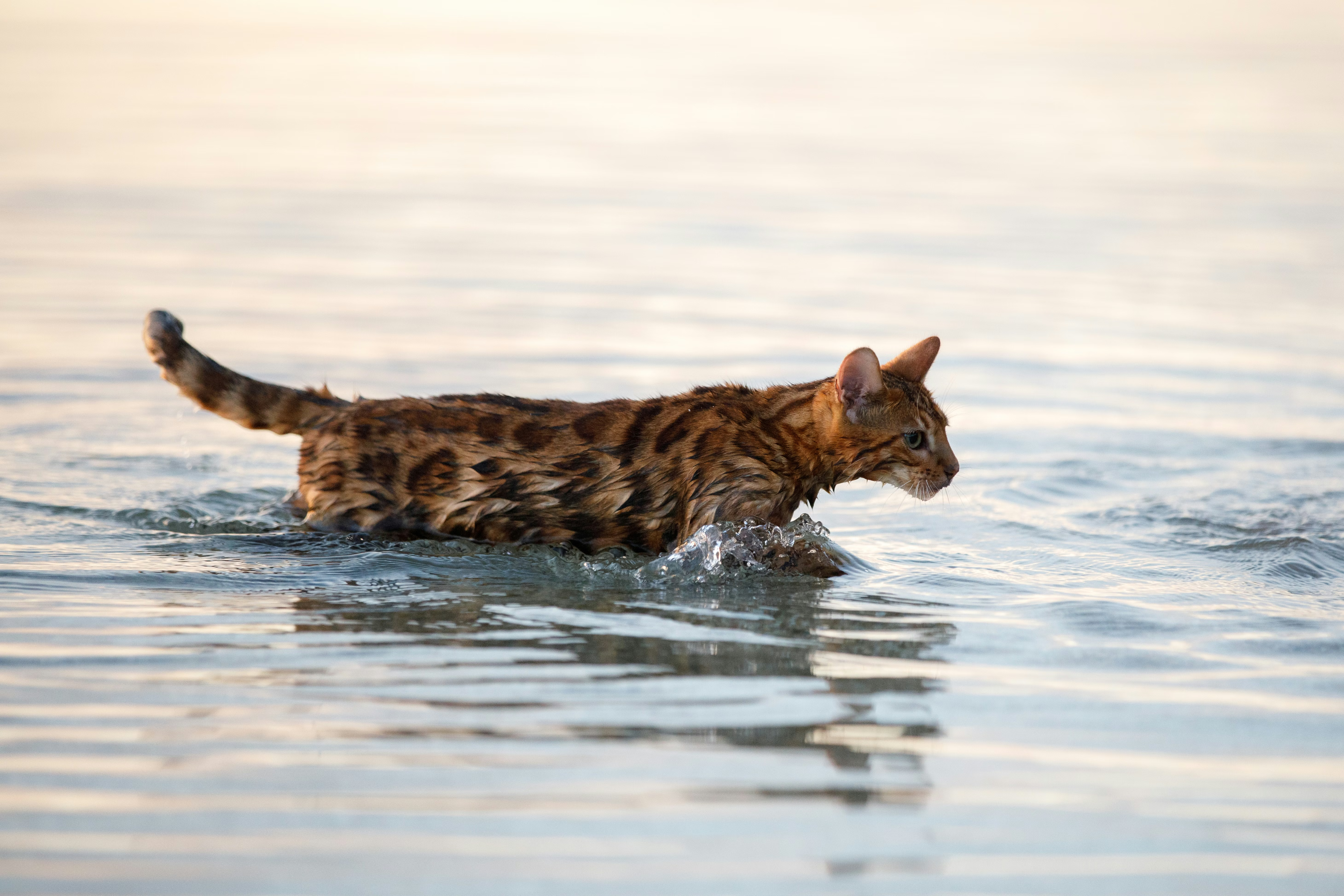
Water-loving cats
As we said, while many cats don’t like water, there are some that seem to enjoy it. Let’s take a look at a few of the cat breeds that often like water more than others.
- Turkish Van: Often nicknamed the “swimming cat,” this breed hails from the Lake Van region of Turkey and has a unique, water-resistant coat. Turkish Vans are known to actively enjoy swimming and splashing around.
- Maine Coon: Maine Coons have a thick, semi-water-resistant coat and a playful personality. Many enjoy dipping their paws in water or playing with fountains.
- Bengal and Savannah: These breeds are the result of crosses between domestic cats and wild feline species like the Asian leopard cat and the African serval. Because their wild ancestors are comfortable around water, the trait has carried over to these breeds.
- Abyssinian: Early Abyssinians traveled from India to Britain by boat. Their comfort around water may be due to the sea-faring roots of their ancestors.
- Siberians: Siberian cats have a thick, water-resistant coat and playful, fearless nature.
As you can see from these breed examples, genetics play a role in whether a cat is comfortable or curious around water. That’s why DNA testing can help you understand more about your feline friend. You may discover that your kitty has one of these water-loving cat breeds in their breed mix.
Do cats need baths?
For the most part, no. Cats are famously fastidious groomers, spending up to 50% of their waking hours cleaning themselves. Their tongues are covered with tiny spines (called papillae) that help remove dirt and loose fur. However, there are exceptions. A bath may be necessary if:
- Your cat has gotten into something sticky, dirty, or toxic (like paint, oil, or certain plants).
- Your veterinarian prescribes a medicated shampoo to treat a skin condition or parasite.
- Your cat is elderly, overweight, or has mobility issues such as arthritis that prevent effective self-grooming.
Even if your cat falls into one of these categories, the idea is to make the experience as low-stress as possible—for both of you.
How to introduce a cat to water
A slow and steady approach is your best bet when teaching a cat to be comfortable around water. Here are a few tips to get you started.
- Start small: Let them explore an empty tub or sink so they get used to the setting without water.
- Add a bit of water: Once they’re comfortable, add a shallow amount of lukewarm water (just enough to get their paws wet) or a gentle stream for them to play with.
- Use treats and praise: Make the experience positive by offering their favorite treat and speaking in a calm voice.
- Keep sessions short: Even if things go well, don’t push your luck. Stop while they’re still calm and curious.
With this gentle approach, some cats may learn to tolerate or even enjoy small amounts of water contact.
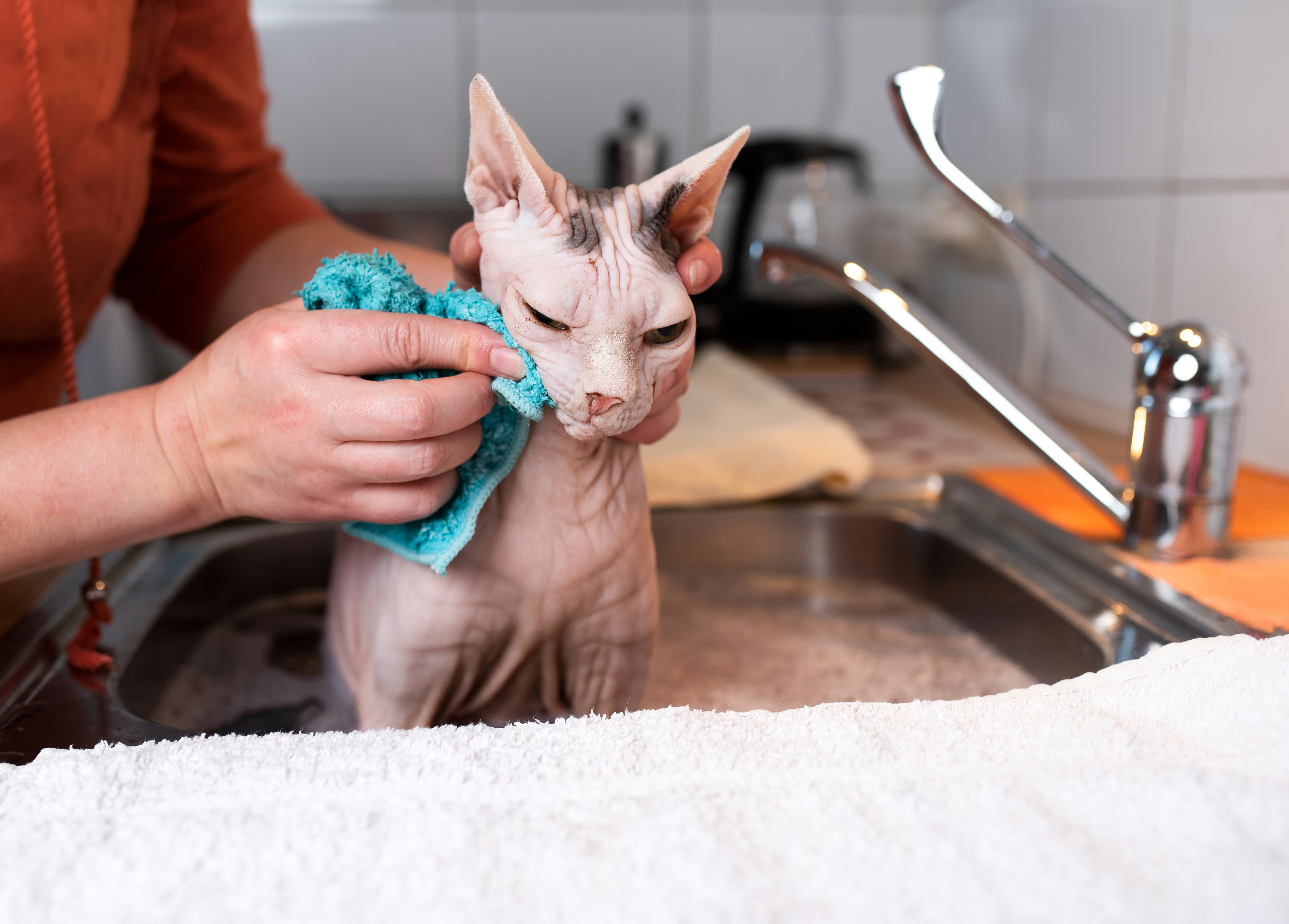
Tips for bathing a cat
If giving your cat a bath is unavoidable, follow these recommendations to make the experience as positive as possible.
- Use lukewarm water: Just like when you were introducing your cat to water, you want to make sure the water is not too hot or cold.
- Pick a pet-safe shampoo: Choose a product designed specifically for cats.
- Avoid deep water: Fill the sink or tub with just a few inches of water. There’s no need to submerge your cat.
- Keep the bath brief and calm: Gently pour water using a cup rather than spraying, and speak reassuringly throughout.
- Dry thoroughly: Use a soft towel to blot water from their coat. Some cats may tolerate a blow dryer on a low-heat setting, but others will find it stressful—go with what works best for your cat.
Always reward your cat afterward with treats or affection to build positive associations.
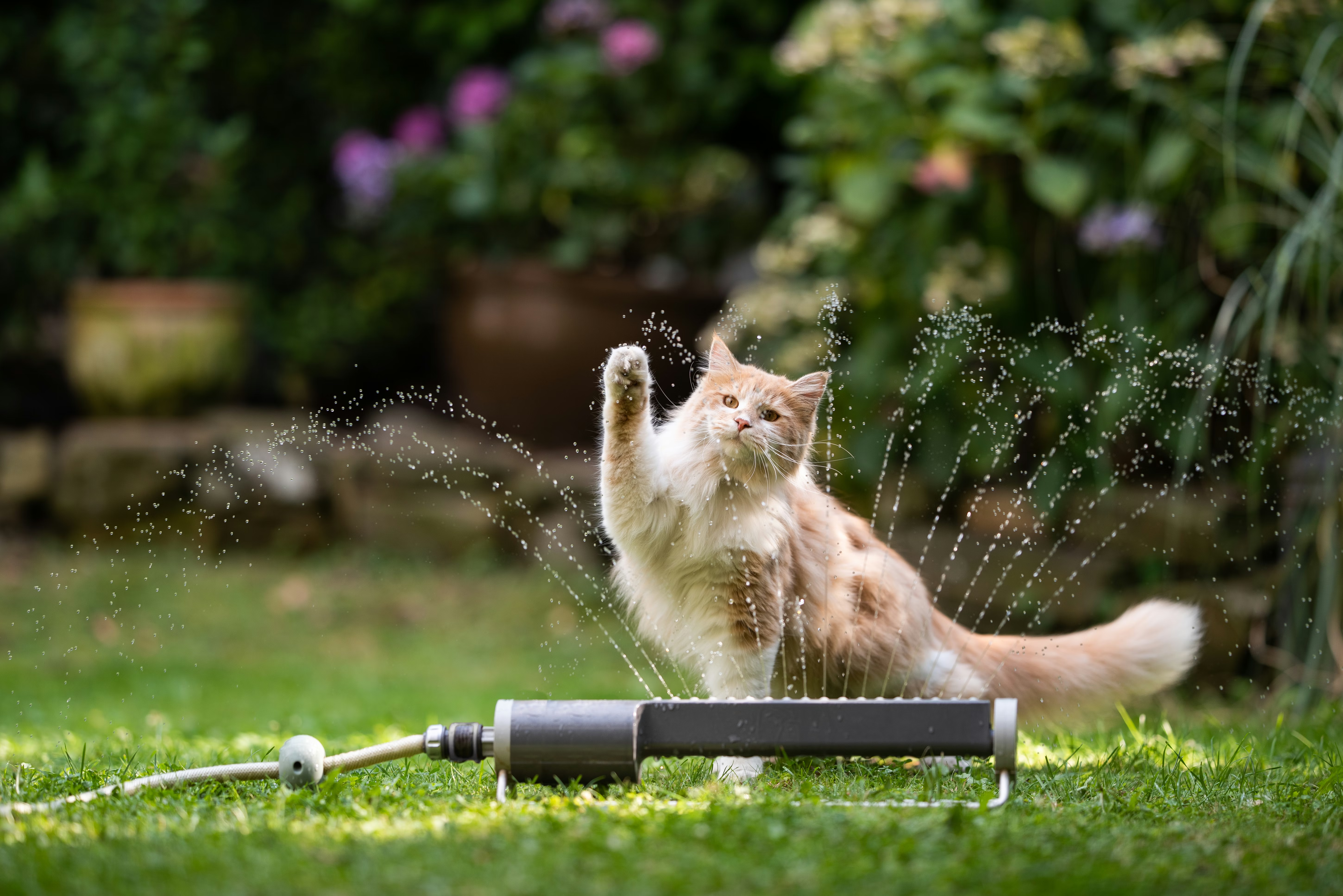
Final thoughts
Whether your cat runs from the hose or lounges near the sink is a result of their DNA and their unique personality and experiences. If you’re curious about where your cat’s quirks come from, consider exploring their genetics with a Wisdom Panel cat DNA test. You might assume your cat hates water, but discover they’ve got some water-loving cat breeds in their genetic code!
